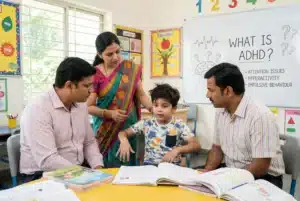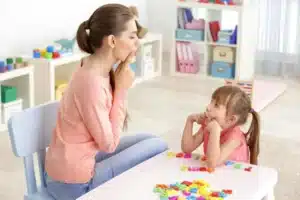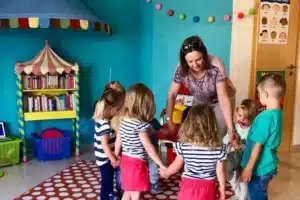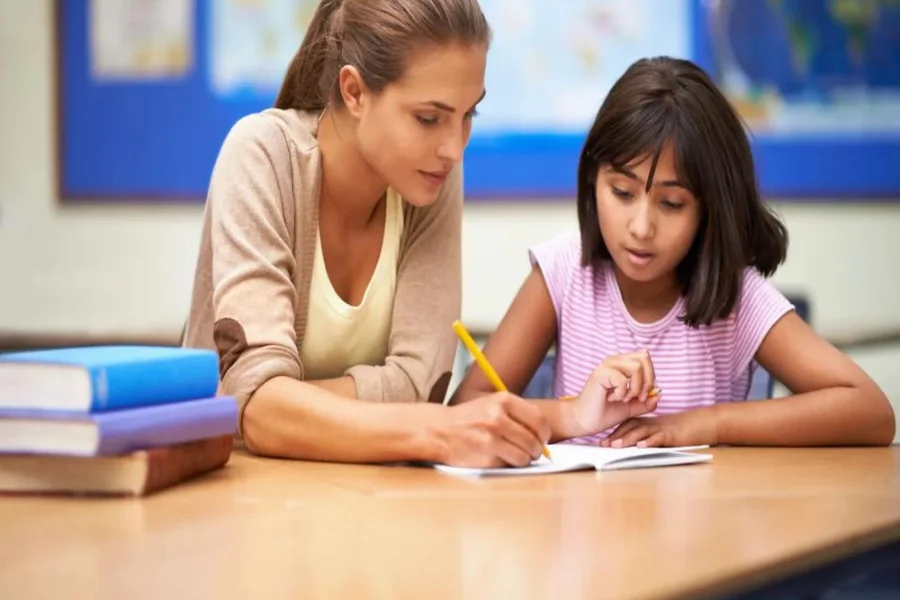
Source: freepik
Understanding and supporting individuals with unique learning needs requires proper knowledge and tools, which is where LD Awareness Training plays an important character. The LD Program aims to equip teachers, parents, and the community with crucial knowledge about the varied learning disabilities their symptoms, their challenges, and strategic interventions that are used to make the lives of children with learning disabilities a bit easier. This program helps teachers enable children with learning disabilities to navigate through their difficult circumstances and carve a pathway for their successful futures.
The LD Course guides aspiring teachers to create a conducive learning atmosphere where children with varied learning needs can gain the same quality of education sitting in the same mainstream classroom. This program ensures that the learning outcomes of all children are achieved by teaching them in a manner that suits their learning preferences and learning styles.
For more details on the LD Course Call/Whatsapp at +919321024137 / +919869866277
To download the brochure of the LD Course, Click Here!
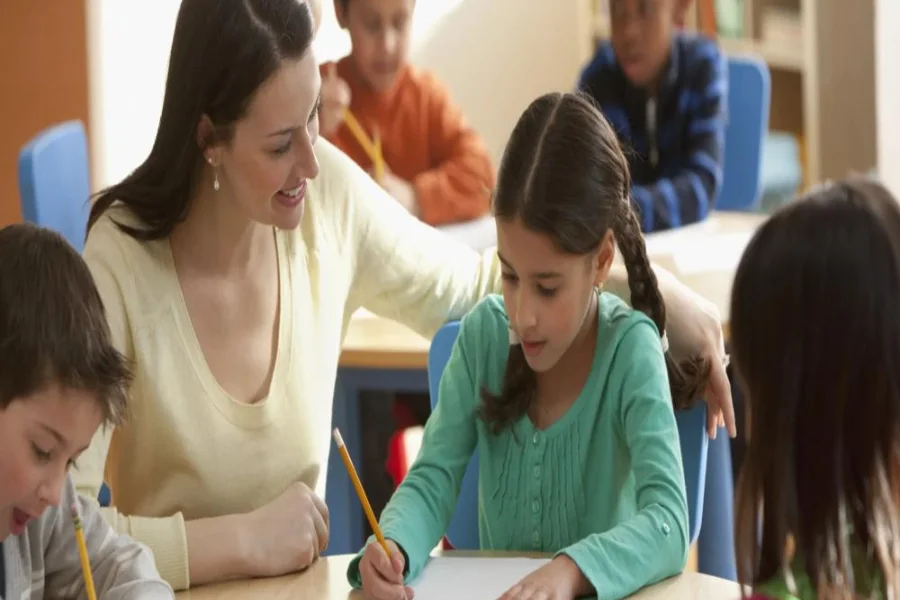
Source: indiadidac
How do you Include Students with Disabilities in the Classroom?
Inclusion is essential for every kid to succeed in a supportive and helpful classroom environment. While meeting their learning requirements, integrating students with disabilities into regular classrooms guarantees equal access to opportunities as their peers. Understanding, careful preparation, and the application of correct methods are necessary for effective inclusion.
Here are some key ways to include students with disabilities in the classroom:
Create a Supportive Environment
Generating awareness about the struggles of children with learning disabilities enables peers to gain insights into the worlds of Special Children. They feel empathetic towards their needs and understand that being different is a blessing.
This helps to create a supportive environment that ushers in a new spirit of positivity instilling confidence in special children as they feel welcomed and wanted by their peers.
Formulate tailormade Individualized Education Plans (IEPs)
Assess each child’s strengths and weaknesses and find out which is the best mode through which they learn and accordingly devise individualized educational plans that ensure enhanced learning for all.
Modify Instructions
According to the learning needs of the child customize the instructions and modify them to adapt to the learning needs of the child. Use a wide variety of methods that stimulate the child’s learning skills helping them to become joyous learners.
Provide Accessible Materials
Offer resources in multiple formats, such as audio, large print, or digital versions, to accommodate students with varying abilities.
Encourage Peer Support
Foster collaboration by pairing students with disabilities with supportive classmates for group activities or peer mentoring.
Modify Assessments
Use alternative methods of evaluation, such as oral presentations, projects, or open book assessments, to ensure fair opportunities to showcase learning.
Offer Professional Training
Encourage teachers can improve their skills through particular courses like the Learning Disability Course offered by Vidhyanidhi Education Society (Govt. Regd.), preparing them with effective approaches to support diverse students.
By incorporating these practices, teachers can ensure an inclusive classroom that respects and fosters the potential of all students.
For more details on the LD Course Call/Whatsapp at +919321024137 / +919869866277
To download the brochure of the LD Course, Click Here!
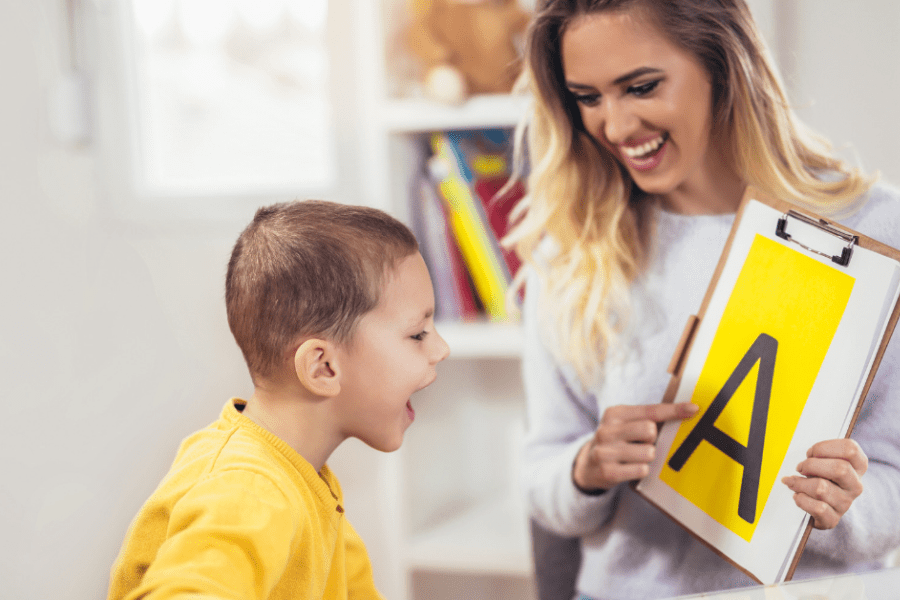
Source: wellbatavia
What are Learning Disability Characteristics?
Learning Disabilities (LD) affect the way individuals process, understand, and respond to information, making certain educational tasks mostly challenging. These difficulties are not related to intelligence but rather to differences in brain function. Identifying Learning Disability Characteristics is essential for initial identification and the development of effective strategies to support individuals with these challenges.
Below is a detailed overview of the traits associated with different types of learning disabilities:
Dyslexia: Reading Disorder/ Language related disorder
Dyslexia is a learning disability where the brain does not process written information correctly. As a result, the child’s basic language skills of reading are affected.
- Child fails to decode alphabets due to which they cannot read fluently.
- Poor decoding skills, often leading to mispronunciation of words.
- Difficulty understanding the meaning of texts due to slow or incorrect reading.
- Challenges in spelling, with frequent letter reversals or omissions.
Dyscalculia: A learning disorder concerned with performing math operations.
Dyscalculia is a math-related learning disorder where the child doesn’t understand concepts related to order, sequencing, and even numbers. Due to this, the child’s math progress is affected creating a huge academic gap.
- Trouble recognizing numbers or understanding their value.
- Struggles with the simplest maths processes of addition, division, multiplication, decimals, and fractions.
- Cannot remember formulas, theorems, and other basic rules
- Poor spatial reasoning, making tasks like estimating distance or interpreting graphs difficult.
- Challenges in organizing numbers or solving multi-step problems.
Dysgraphia: Writing Disorder
Dysgraphia is a specific learning disorder arising out of a neurodevelopmental condition due to which child faces challenges in his writing skills.
- Illegible handwriting.
- Fine motor Coordination
- Poor pencil grip
- Not being able to judge spacing between letters.
Auditory Processing Disorder (APD): Difficulty Processing Sounds
- APD affects how the brain processes auditory information.
- Struggles to differentiate between similar sounds, leading to misunderstandings.
- Difficulty following verbal instructions, especially in noisy environments.
- Problems recalling information presented orally.
- Slow response time in conversations due to delayed processing of sounds.
Visual Processing Disorder (VPD): Challenges decoding visuals.
The visual cues that are sent by eyes to the brain aren’t accurately deciphered by the brain due to which the child fails to interpret facial cues and expressions.
- Challenges reading maps, graphs, or charts.
- Trouble distinguishing between similar shapes, letters, or symbols.
- Difficulty with spatial awareness, such as judging distances or alignment.
Nonverbal Learning Disabilities (NVLD): Issues in making sense of facial cues and non-verbal information.
NVLD is a specific learning disorder in which a child’s motor skills are affected along with not being able to judge an individual’s body language and facial expressions.
- Cannot judge a person’s facial expressions correctly.
- Due to issues with hand-eye coordination the activities that require these skills such as coloring, and drawing cannot be completed efficiently.
- Challenges understanding abstract concepts and relationships.
Social and Behavioral Traits
Learning disabilities often lead to social and emotional difficulties, such as:
- Low self-esteem due to repeated academic struggles.
- Cannot interpret social cues which might give a wrong reaction leading to confusion and wrong ideas about the child.
- Not being able to make meaningful friendships can lead to low morale and high irritability.
- Tendency to avoid tasks perceived as difficult, resulting in incomplete work or avoidance of certain subjects.
Importance of LD Awareness Training
Recognizing and addressing these traits requires specialized knowledge and strategies. LD Awareness Training provides teachers, parents, and professionals with the tools to recognise these characteristics and build personalized interventions. This training covers learning disabilities like dyslexia, dyscalculia, and dysgraphia, emphasizing inclusive teaching methods, assessment methods, and support strategies.
Courses like the Learning Disability Course offered by Vidhyanidhi Education Society (Govt. Regd.) prepare candidates with practical skills to support individuals with learning disabilities effectively. By understanding these traits and applying correct strategies, teachers and caregivers can help individuals with learning disabilities reach their full potential.
Join Vidhyanidhi Education Society’s LD Course now empower inclusive minds today!
For more details on the LD Course Call/Whatsapp at +919321024137 / +919869866277
To download the brochure of the LD Course, Click Here!
FAQs
What is the Purpose of Awareness Training?
People who receive awareness training are more prepared to identify difficulties, develop understanding, and establish welcoming environments for people with different needs.
What is the Primary Characteristic of Specific Learning Disabilities?
The key characteristic of Specific Learning Disabilities is that the brain does not process written information correctly due to which basic language skills of reading, and writing are hampered.
What is the Inclusion of Students with Special Needs?
Inclusion of Special Needs students implies implementing exclusive tailor-made teaching approaches making education accessible to children with special needs.

